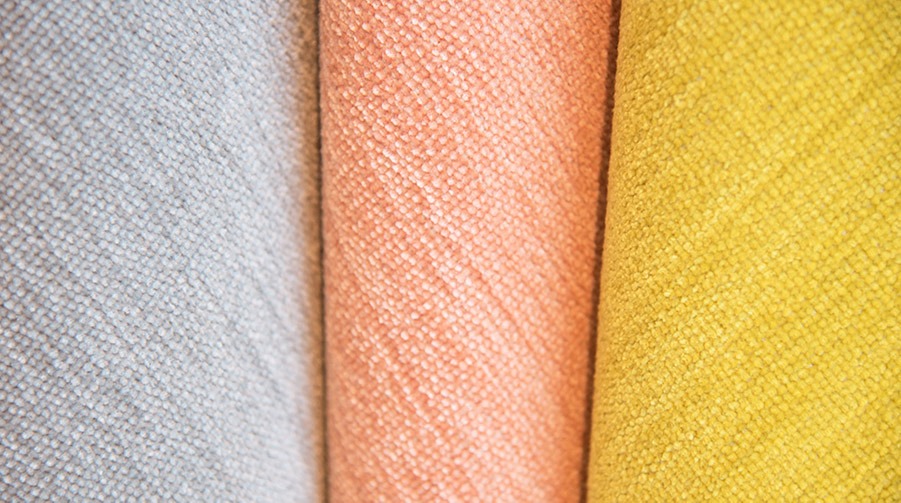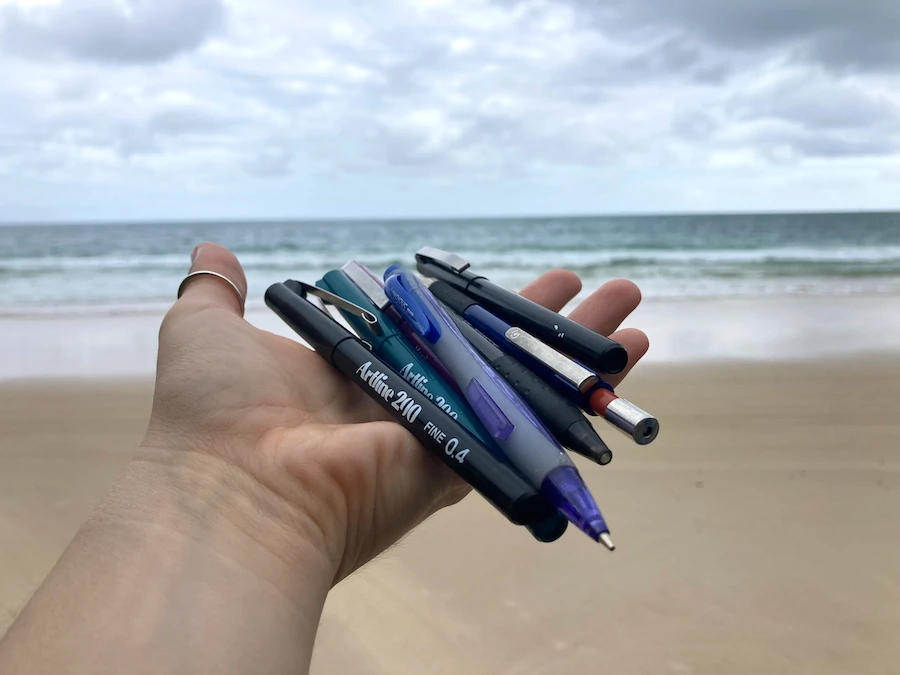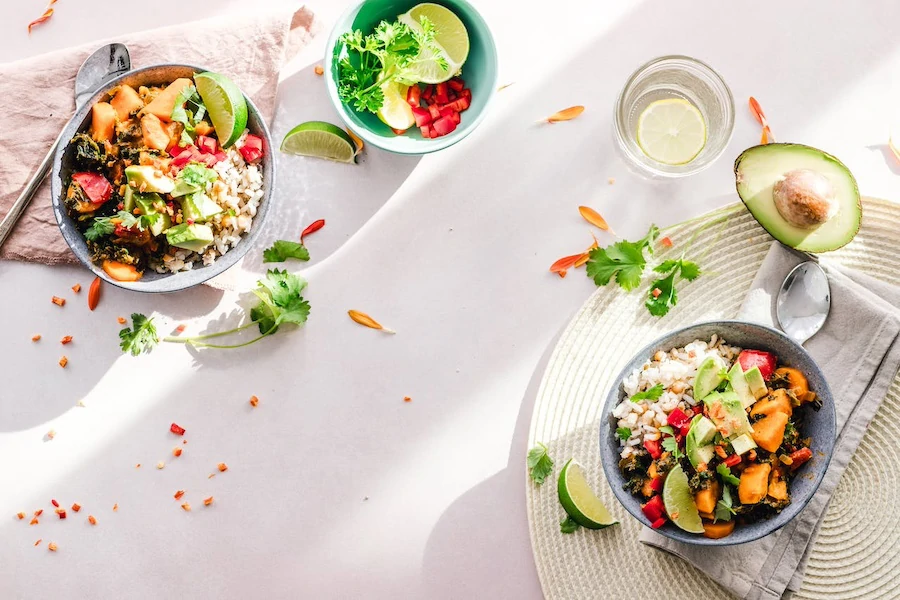
Did you know that we produce up to 80 billion pieces of clothing every single year? As an eco-conscious consumer, you will naturally buy fewer clothes, but what fabric should you buy when it is time to shop?
What is the most environmentally friendly fabric? Organic hemp, while harder to find, is by far the most eco-friendly fabric. Organic hemp requires no pesticides to grow, it uses a lot less water, absorbs lots of C02, is renewable, 100% biodegradable, highly durable, and requires less energy to care for.
In the last few years, there have been several fabrics that have come to the market that are considered “eco-friendly.” Below we take a look at each one so you can make the best purchasing decision.
What Are the Most Eco-Friendly Fabrics?
Organic Hemp
Hemp is considered the most versatile plant in the world. Hemp has long been discouraged by governments all over the world. This is due to its similarities in appearance and smell to the marijuana plant. Thanks to the relaxation of laws around the world, hemp is now a firm favorite for many eco-conscious consumers.
The hemp plant can feed you, clothe you, make you look beautiful, and even provide you with shelter. Hemp is an incredible material that is finally being realized for its full potential all around the world.
Growing hemp is generally considered to be sustainable if from an organic source. Hemp requires far less water than other crops such as cotton. Compared to cotton, hemp requires 700 gallons of water to produce 2.2 pounds of hemp fiber. Cotton requires 5,000 gallons of water to achieve the same yield.
Hemp doesn’t require pesticides or other toxic chemicals for cultivation. However, this really depends on the country and the specific source of the hemp. Not all hemp is created equal, and some producers may use chemicals to help increase yields. Always buy organic where possible.
The hemp plant is also considered renewable, good for the health of the soil, and does a pretty great job of sequestering carbon dioxide from the atmosphere. Hemp removes 1.63 tons of C02 per ton of hemp.
Hemp is also considered sustainable due to its relatively simple aftercare. Hemp fabrics should be washed in cold water on a low cycle. Over the lifetime of your hemp fabric pieces, this low-energy washing can save significant amounts of energy and C02.
Organic hemp is a warm, breathable, naturally moisture-wicking, and antibacterial fabric that will provide you with excellent quality clothing, sheets, or curtains.
Organic Linen
Most people are not aware that linen is made from flax seeds. This has made linen a favored fabric for eco-consumers in recent years. Linen has been around for centuries and is now making a significant return.
The flax plant grows naturally and requires no excess water, just rainfall. Because it’s natural, linen is renewable and 100% biodegradable. The flax plant, like hemp, is incredibly versatile also. There is no waste from the cultivation of flax, everything is used from seed to the flower.
Linen also requires far fewer pesticides to grow compared to cotton and takes up much less land. Some pesticides, herbicides, and fungicides are used, but it is minimal. Always buy organic, preferably from Europe and Japan, for the most sustainable linen available.
The strong durability of linen also helps make it a sustainable choice. If you take good care of your linen pieces, you can expect them to last for years and years to come. Once finished with, linen fabric can be recycled into paper and insulation materials.
Linen is also a good sequester of C02. Just one hectare of flax plants can retain 3.7 tons of C02 each and every year.
Organic Bamboo
Bamboo is a popular eco-friendly material for conscious consumers all over the world. The material has had tremendous success over the last five years. You can now get a bamboo version of any consumer product in most developed countries around the world.
Bamboo as a fabric is incredibly useful. Bamboo fibers are naturally warm, moisture-wicking, breathable, antimicrobial, and hypoallergenic. As a result, bamboo clothing and bamboo bed sheets are trendy right now.
The bamboo plant is often touted as the “miracle plant” for its versatility and sustainability. Much like hemp, bamboo requires a small amount of water compared to cotton or linen, no pesticides, herbicides, fungicides, and it even improves the fertility of the soil it grows in.
Bamboo forests are also incredibly good at sequestering carbon dioxide from the atmosphere. Bamboo can absorb 30% more C02 than most other plants or trees. It also grows extremely quickly, making it highly renewable.
Fabrics made from bamboo are 100% biodegradable, recyclable, and incredibly durable. If taken care of properly, bamboo fabrics can last for a long time, and their aftercare is low on energy and C02.
You may be wondering why on earth bamboo isn’t number one on this list of eco-friendly materials. The problem lies in the sourcing of bamboo. Unlike hemp and linen, which can be sourced all over the world from countries that have strong farming regulations, most bamboo comes from China.
China currently has very poor and unregulated farming practices making it difficult to know whether your bamboo is sustainable or not. You should always try to buy raw organic bamboo fabric that is not labeled “rayon” or “viscose.”
These two types of bamboo fabrics go through chemical processing, which can be damaging to the environment.
Organic Cotton
Regular cotton is considered detrimental to the environment. However, organic cotton can be highly sustainable. In recent years, there have been significant measures put in place to ensure cotton producers become more transparent about their supply chain.
Now, organic cotton can be bought from eco-conscious brands that are dedicated to working with the environment to produce sustainable cotton. Buying organic cotton will ensure you’ve purchased cotton that has not been grown with harmful pesticides or other harsh toxic chemicals.
Organic cotton uses 91% less water than conventional cotton and can also reduce soil erosion and creating healthier, more fertile soil. Organic cotton is also believed to create 46% fewer greenhouse emissions compared to traditional cotton.
Be careful, the organic cotton industry is fraught with complications and misleading information. As a consumer, protect yourself and look for brands that are affiliated with the Organic Content Standards (OCS) and Global Organic Textile Standard (GOTS).
Looking for organic cotton brands that adhere to these standards will ensure you’re buying quality. You should also look for the FairTrade Foundation logo to ensure that the farmers have a fair deal.
Tencel or Lyocell
Tencel and lyocell have become increasingly popular eco-friendly fabrics. Tencel is actually a brand name, and lyocell is the actual material made from wood pulp.
Lyocell is cellulose fiber. It is created by dissolving wood pulp and using a drying technique called spinning. Lyocell is 50% more absorbent than cotton and requires far less water and energy to produce.
Lyocell is particularly popular for gym gear and breathable clothing. The fabric is naturally moisture-wicking and fights against odorous bacteria growth.
Like all materials, lyocell isn’t perfect. During its production, it goes through fairly extensive processing, including solvents and chemical processing. However, the solvent used is recycled with a solvent recovery rate of 99%.
Lyocell is often treated with chemical dyes but requires a lot less of these dyes compared to cotton. Lenzing AG, a producer of Tencel, was awarded the European award for the Environment for developing this unique dye process known as REFIBRA™ technology.
As lyocell is made from a natural fiber, it is naturally biodegradable. As long as lyocell is bought from a sustainable and reputable source, it is considered to be an eco-friendly material. Brands currently using lyocell include Patagonia and Reformation.
Final Thoughts
Understanding the sustainability of any material is always tricky. There are many factors to consider. From the source to the farming method to the processing to the chemicals, and the durability of the material.
When looking for eco-friendly fabrics, always consider the brands that work with organic farms and adhere to industry standards for the environment. Organic fabrics from sustainable sources typically come with a big price tag. If a price for an eco-friendly fabric seems too good to be true, it probably is.



